
Are Induction Hob Protectors Any Good? Pros, Cons & Buying Advice
Induction hobs have become a popular choice in modern kitchens thanks to their speed, energy efficiency and sleek design. But with that smooth glass surface comes a natural concern—scratches, stains, and smudges. That’s where induction hob protectors come in. But are they actually any good?
In this article, we’ll explore what hob protectors do, their pros and cons, and whether they’re worth adding to your kitchen setup.
What Are Induction Hob Protectors?
Induction hob protectors are thin, heat-resistant covers designed to sit directly on top of your induction hob. Typically made from materials like silicone or fibreglass with a non-slip coating, they form a barrier between your cookware and the hob surface.
Many are designed to be cut to size and left in place even while cooking. They’re meant to protect the hob from scratches, spills and everyday wear – without affecting performance.
Benefits of Using a Hob Protector
-
Protects against scratches:
Prevents marks caused by pots and pans being dragged or accidentally dropped. -
Catches spills and stains:
Helps keep the glass surface cleaner for longer by catching food and liquid. -
Makes cleaning quicker:
Simply remove the protector and wipe or rinse it to keep the hob looking fresh. -
Helps preserve the hob’s lifespan:
Reduces wear and maintains the appearance of your induction hob over time. -
Provides a grippy surface:
Stops pans from sliding too easily, improving stability while cooking.
Downsides of Using a Hob Protector
-
Possible interference with controls:
Some protectors may affect touch controls or cause issues with pan detection. -
Low-quality materials can deform:
Poorly made protectors may warp or melt if they cannot tolerate the hob’s heat. -
Moisture can become trapped:
If not cleaned regularly, condensation or spills may collect underneath. -
May reduce heat transfer slightly:
Thick materials can interfere with efficient heat transfer between the hob and pan.
What Do Users Say?
Reviews from UK retailers such as Amazon, Lakeland, and John Lewis show generally positive feedback for high-quality induction protectors. Users appreciate the added cleanliness and ease of maintenance. However, common complaints include incompatibility with certain hobs or the protector slipping out of place.
Tip: Always check the reviews for your specific hob model before buying.
Safety Considerations
-
Use induction-safe protectors:
Choose covers labelled as heat-resistant up to at least 250°C to ensure safe operation. -
Ensure the protector sits flat:
It shouldn’t interfere with the hob’s pan detection zones or touch controls. -
Avoid covering active burners:
Only use protectors in areas designed to be covered, never over an active cooking zone. -
Never leave the hob unattended:
Always monitor the hob when a protector is in use — just in case anything shifts or overheats.

Are Induction Hob Protectors Worth It?
-
You cook frequently:
Daily use increases wear, and a protector helps reduce scratches and marks. -
You’ve recently bought a new hob:
A protector keeps the surface pristine for longer, maintaining that just-installed look. -
You want easier cleaning:
Ideal for busy family kitchens where spills happen often and you want less scrubbing.
However, if you’re using a basic or older induction hob, or rarely cook, the benefit may be more cosmetic than essential.
Buying Tips
-
Check heat resistance:
Make sure the protector is labelled as heat-resistant and suitable for induction use. -
Look for non-slip backing:
This helps the protector stay securely in place during cooking. -
Choose a cut-to-fit design:
Ideal if you have a non-standard hob size or want a perfect edge-to-edge fit. -
Buy from trusted brands:
Stick with well-reviewed options and avoid ultra-cheap alternatives that may not last.
Popular UK options include hob protectors from StoveGuard, HobGuard and generic silicone mats that can be trimmed to fit.
Conclusion
Induction hob protectors can be a practical and inexpensive way to protect your appliance from everyday wear and tear. While they’re not essential for everyone, they offer convenience, cleanliness and peace of mind, especially if you’re keen to keep your kitchen looking its best.
Thinking of getting one? Just make sure it’s high quality, heatproof, and suitable for your specific hob model – and you’ll likely find it’s a simple upgrade that pays off over time.
Frequently Asked Questions
See More from the CATA Blog
Want more expert guidance on choosing, using and caring for your kitchen appliances? Visit the CATA blog for clear and reliable tips, how to guides and buying advice to help you get the best from your kitchen.
- All Posts
- Cooker Hood Guides & Advice
- Dishwasher Guides & Advice
- General Appliance Guides & Advice
- Hob Guides & Advice
- Laundry Guides & Advice
- Microwave Guides & Advice
- Oven Guides & Advice
- Wine Cooler Guides & Advice
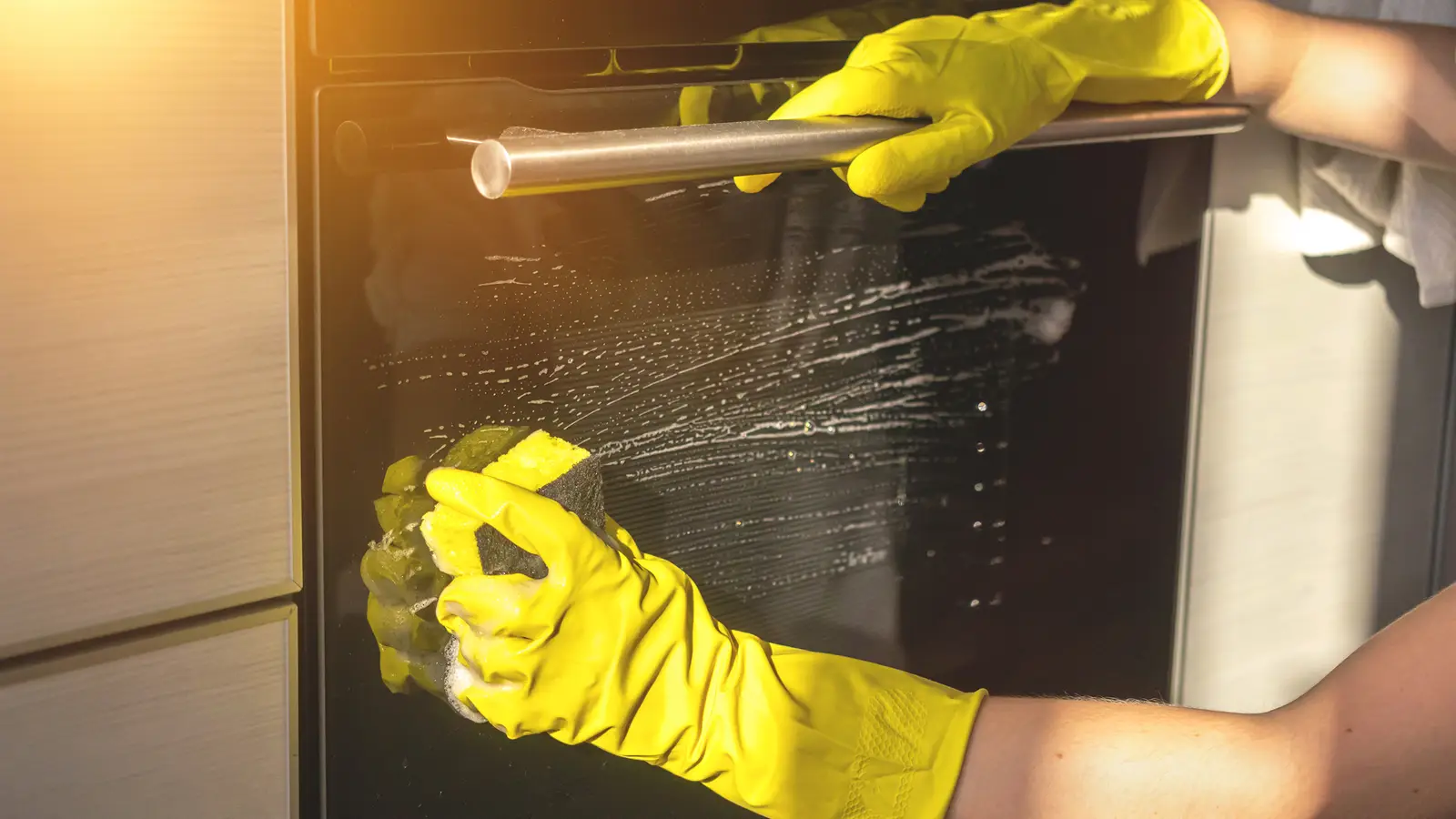
Learn how to clean glass oven door windows safely and effectively, inside and out. Follow our simple steps for clear,...
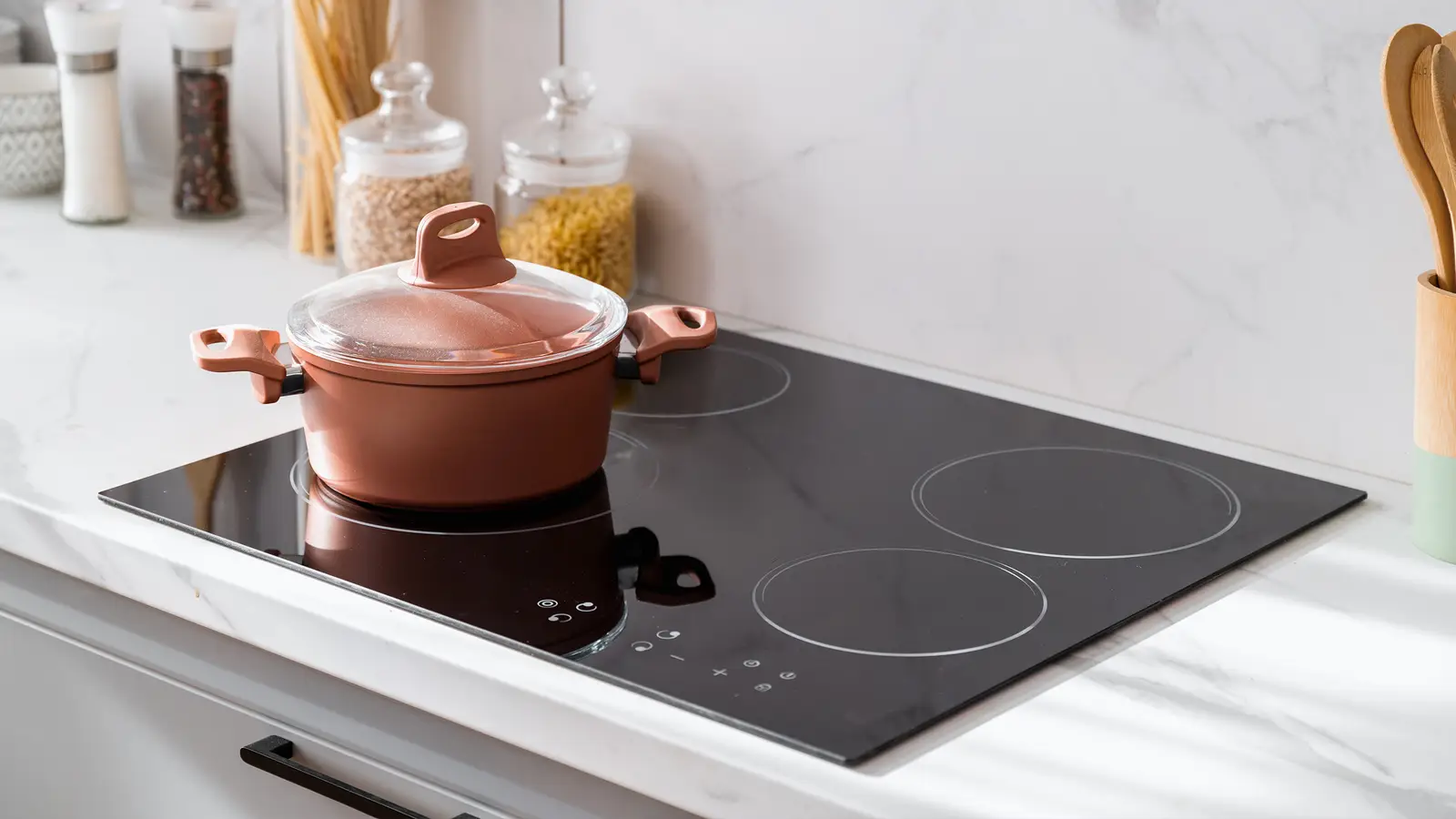
Can a ceramic hob be plugged into a normal socket? Learn the safety rules, power limits and installation advice before...
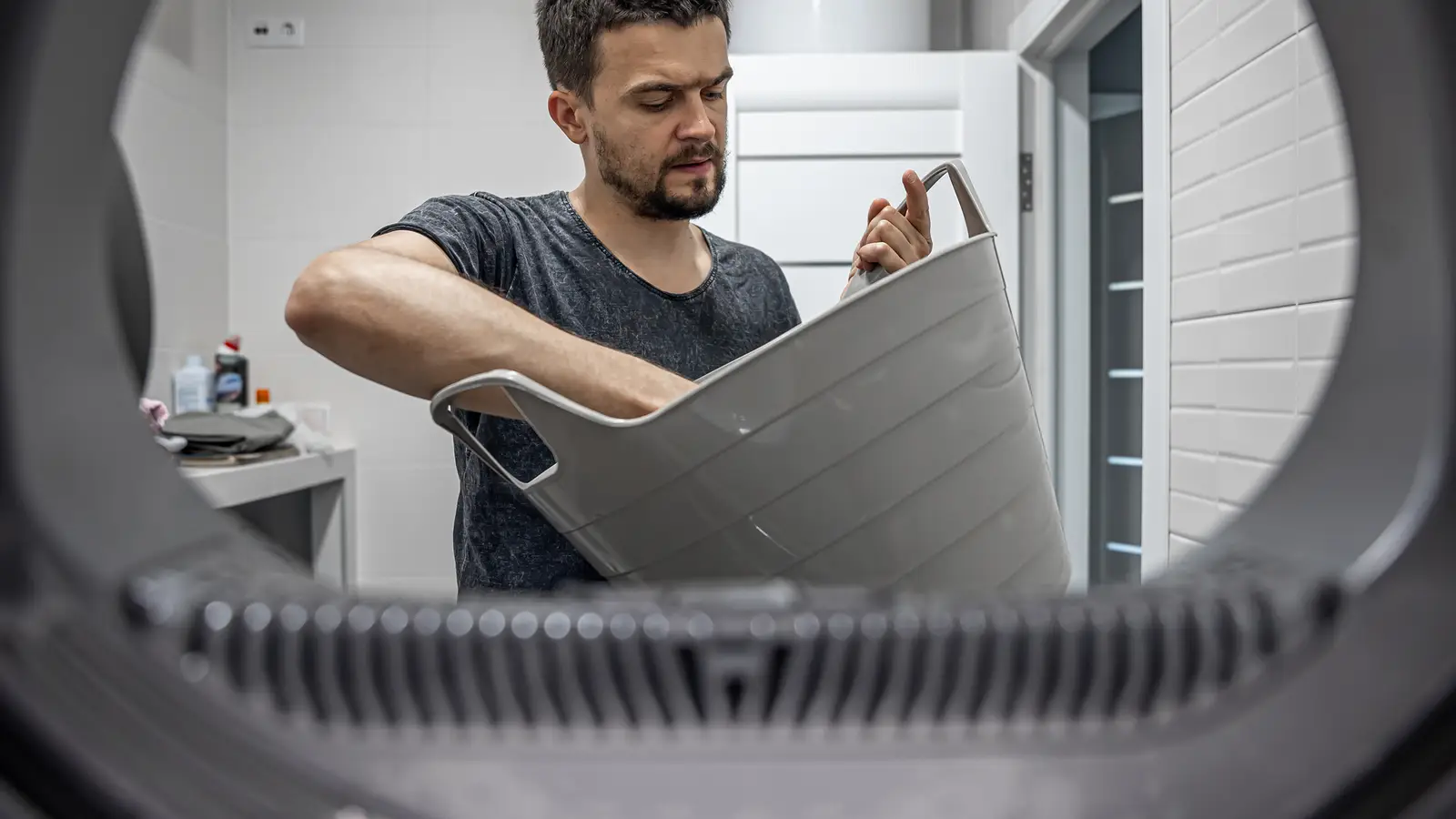
Discover how integrated washer-dryers really perform, including space, venting and drying realities. Learn what to expect before buying. Read now.

Learn what freezer burn is, how to prevent it, and keep your food fresher for longer. Follow these simple tips...
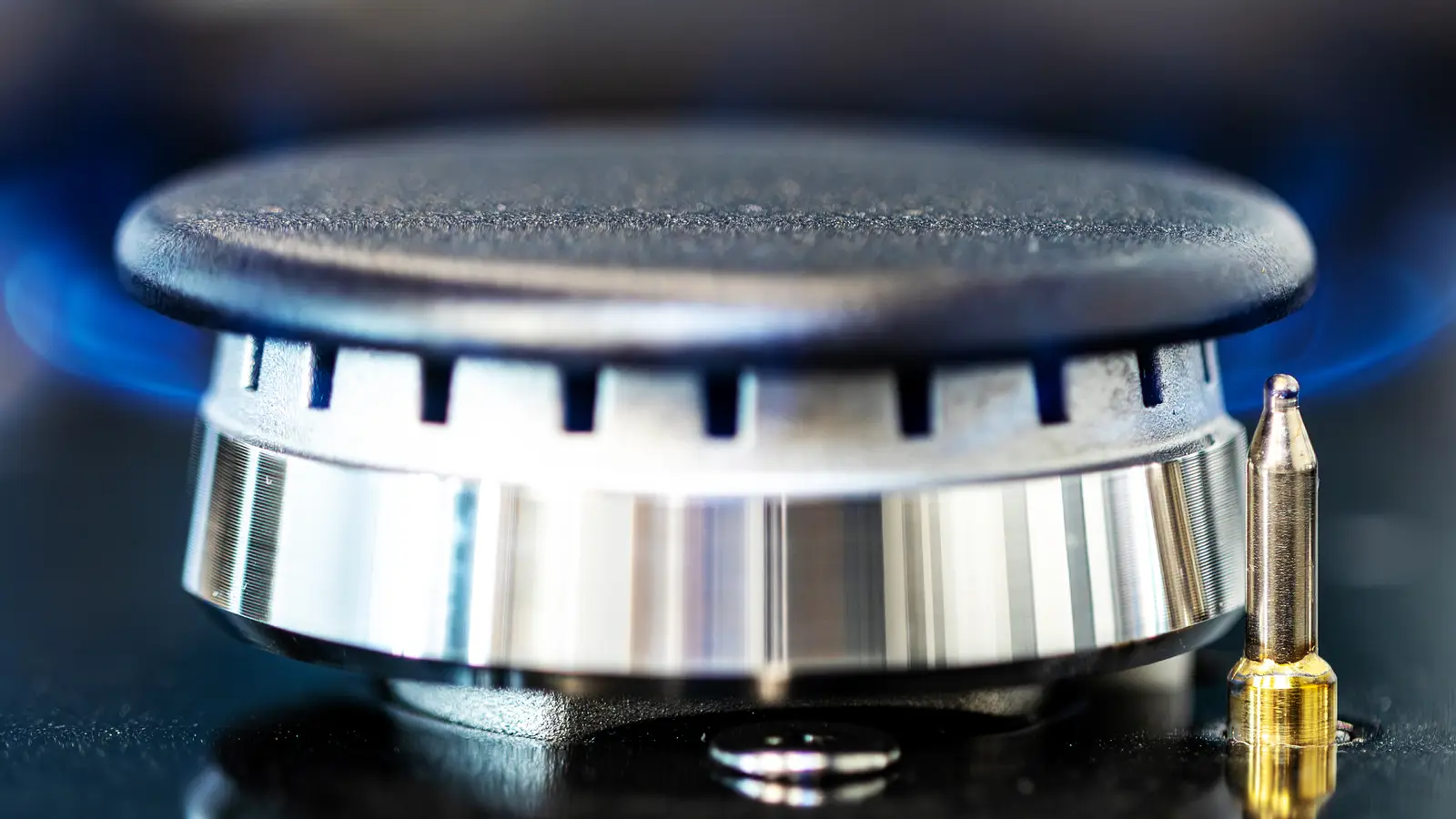
Find out if you can plug a gas hob ignition into a normal socket, plus safety rules and installer guidance....
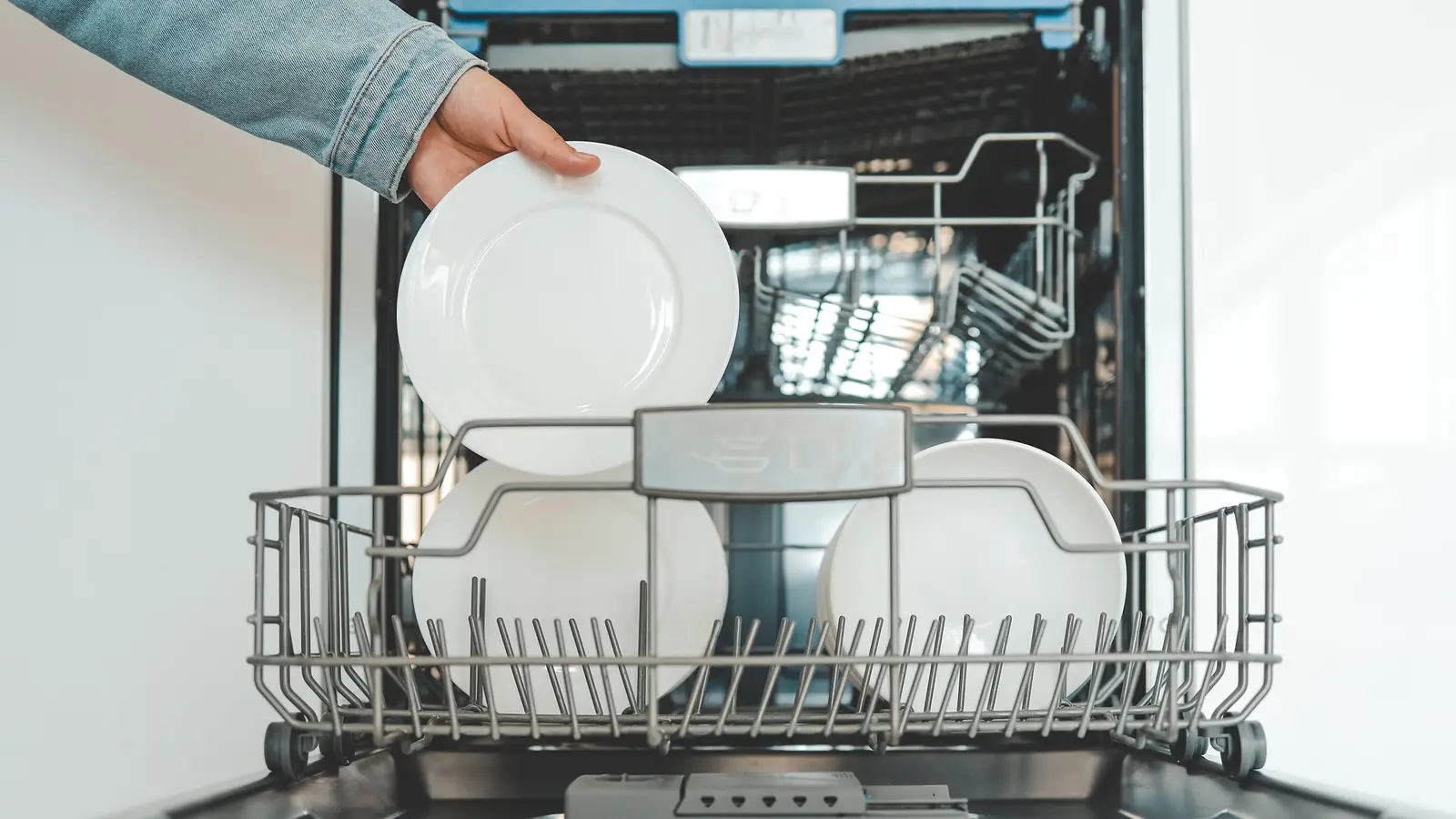
Learn what dishwasher salt and rinse aid do, why they matter, and when to refill them for the best cleaning...
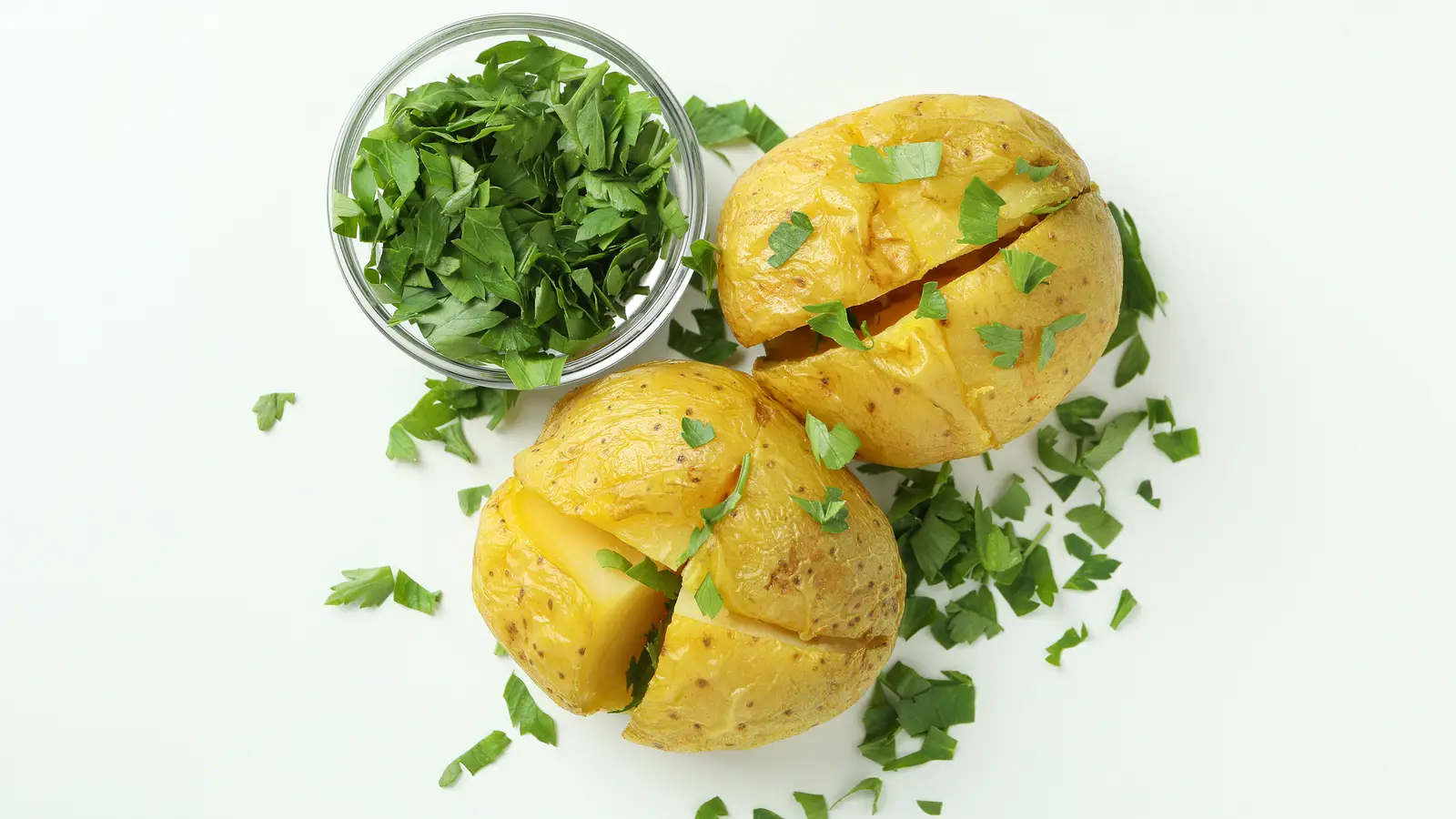
Learn how to cook the perfect jacket potato with crispy skin and a fluffy centre. Quick, simple steps for oven...
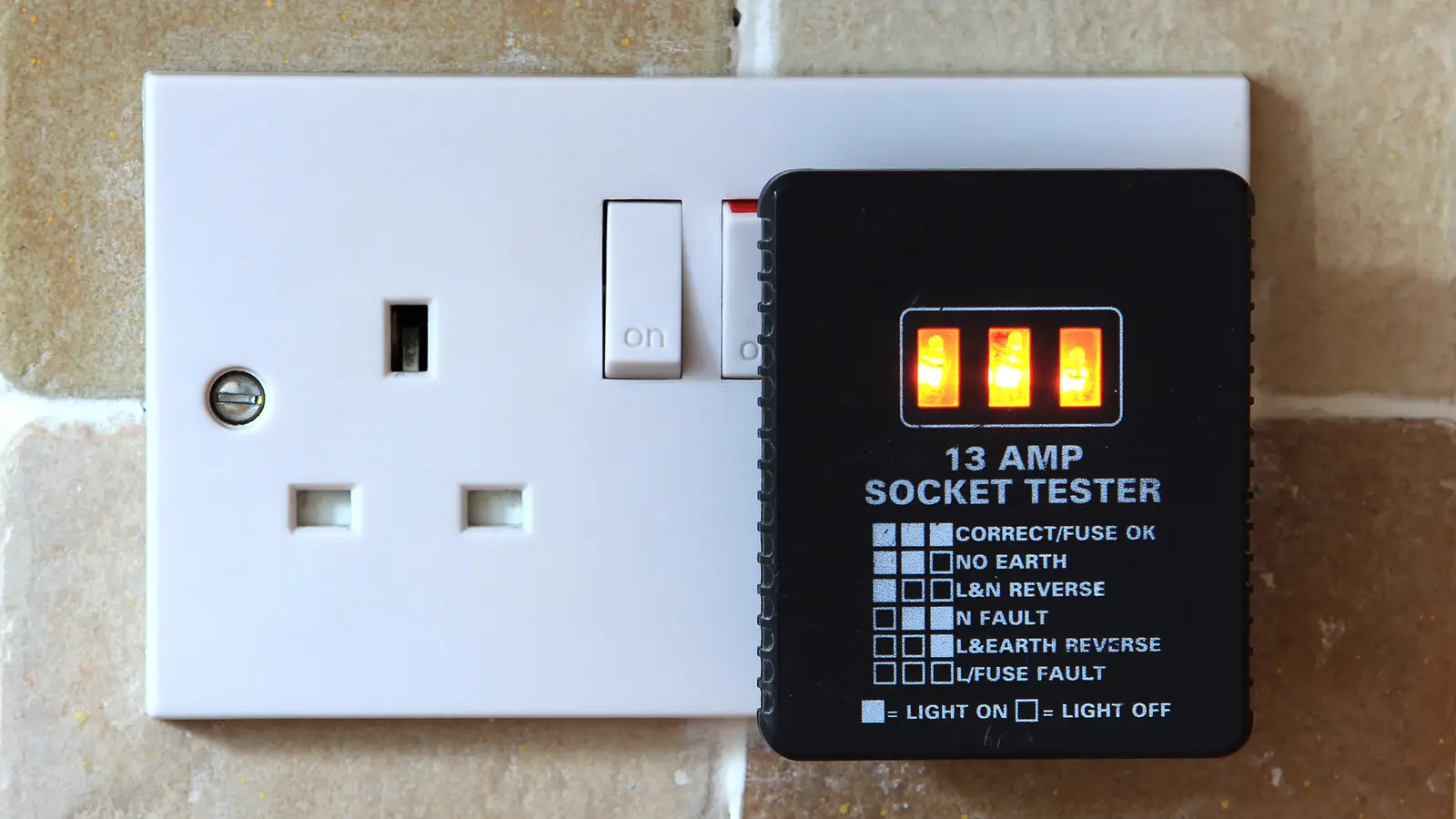
Find out if you can plug a dishwasher into a normal UK socket and what safety rules apply. Quick, clear...

Unsure if a microwave & grill combo can use a normal UK socket? Learn the rules, wattage limits and safety...